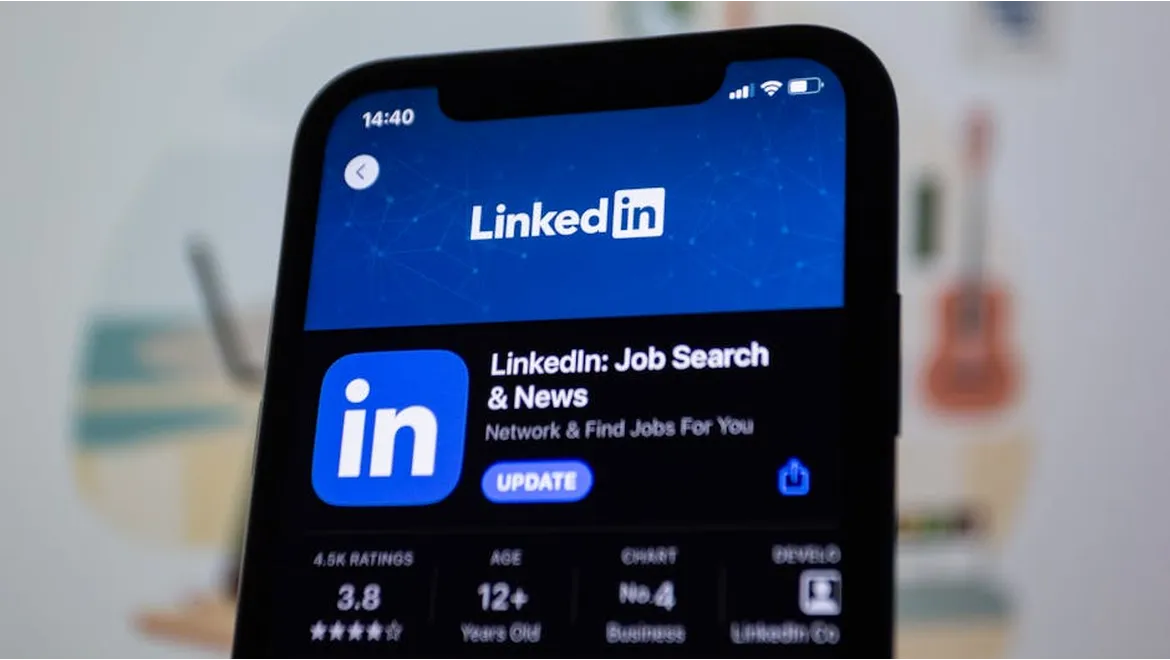Right, let’s talk LinkedIn Sales Navigator. I’ve spent countless hours wrestling with it, and I’m finally ready to share some of the juicier insights I’ve gleaned. Forget scraping by with basic keywords; we’re diving deep into the realm of Boolean search to unearth prospects who are practically begging for what you offer (okay, maybe not begging, but definitely receptive!).
Beyond the Basic Search Box: Boolean Operators to the Rescue
For too long, I was just typing in job titles and industries, hoping for the best. The results were…mediocre. Then I discovered the power of Boolean operators: AND, OR, and NOT. These little words are game-changers. Think of them as the secret sauce to filtering out the noise and focusing on pure, unadulterated potential.
-
AND: This narrows your search. You’re telling Sales Navigator that you want profiles that must contain both criteria. For instance, I was hunting for marketing managers experienced in marketing automation specifically with the Hubspot software so I searched for “Marketing Manager” AND “HubSpot”. Suddenly, my search wasn’t just filled with any old marketing manager. The results are often significantly smaller, but the leads are much, much stronger.
-
OR: This broadens your search. Use it to include synonyms or alternative terms. Let’s say you’re after project managers, but you know some companies call them ‘programme managers’. Your search would be “Project Manager” OR “Programme Manager”. It’s brilliant for casting a wider net without sacrificing relevance.
-
NOT: This is your ‘exclusion’ tool. Want to avoid senior managers, but still find marketing staff? Try “Marketing” NOT “Senior”. Be careful with this one, as it can sometimes unintentionally exclude relevant profiles, but used judiciously, it’s incredibly powerful.
Real-World Boolean Adventures: Uncovering the Hidden Gems
Let’s get practical. Imagine you’re selling a cybersecurity solution tailored for small to medium-sized businesses in the finance industry. A basic search for “IT Manager” and “Finance” will give you a lot of irrelevant results. Instead, try this:
((“IT Manager” OR “Director of Technology”) AND “Cybersecurity” AND (“Small Business” OR “SME”)) AND “Finance”
This query searches for IT Managers or Directors of Technology who mention cybersecurity, work at a small or medium enterprise, and are in the finance industry. See how much more targeted that is? It’s about understanding the language your ideal customer uses and reflecting that in your search.
I was once tasked with finding individuals responsible for implementing a new CRM system in medium-sized manufacturing companies. My search looked something like this:
((“CRM Implementation” OR “CRM Migration” OR “CRM Rollout”) AND (“Project Manager” OR “IT Manager” OR “Business Analyst”)) AND “Manufacturing” AND (“50-200 Employees”). I then added filters to only display people in UK and Ireland.
The results were gold dust. These weren’t just people with ‘CRM’ on their profile; they were actively involved in implementing new systems. That level of specificity is what sets Sales Navigator apart, and Boolean search unlocks it.
Beyond the Search: The Art of Engagement
Finding the right people is only half the battle. Once you’ve got your highly targeted list, it’s crucial to engage thoughtfully and authentically. Forget generic connection requests and spammy sales pitches.
-
Personalised Outreach: Take the time to research each individual’s profile. Look for common connections, shared interests, or recent activity. Mention something specific that resonated with you. ‘I noticed your recent post on [topic] – I found it really insightful…’ goes a long way.
-
Understand Their Needs: Your opening message should demonstrate that you understand their challenges. Refer to content they share and speak directly to the problems they face. No one wants to hear about your product; they want to know how you can solve their problems.
-
Offer Value: Share relevant articles, insights, or resources that could be helpful to them. Position yourself as a trusted advisor, not just a salesperson. You are much more likely to connect if you are offering something that the prospect needs or may find valuable. Even if they do not need it now they will remember you as someone helpful and approachable.
-
Follow up. People often want to see a few interactions before they are ready to connect. Liking or responding to a post is an easy was to show you are still there.
Tying It All Together: The Path to Higher Quality Leads
So, what have we covered? We’ve moved beyond the basics of LinkedIn Sales Navigator search and embraced the power of Boolean operators to create incredibly specific and targeted prospect lists. I’ve shared some real-world examples of how these techniques can be used to find ‘hidden gems’ – individuals who are actively involved in projects or possess specific skills that make them ideal candidates for your product or service. Then, the importance of genuine and value-driven engagement. By combining advanced search with thoughtful outreach, you can significantly improve the quality of your leads and dramatically increase your chances of success.











